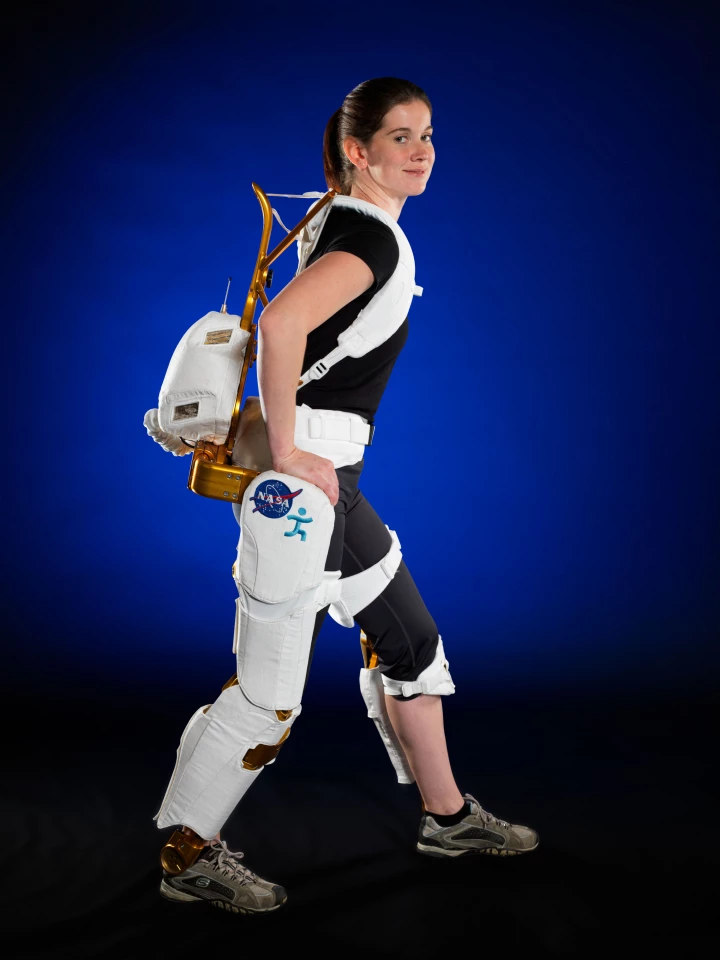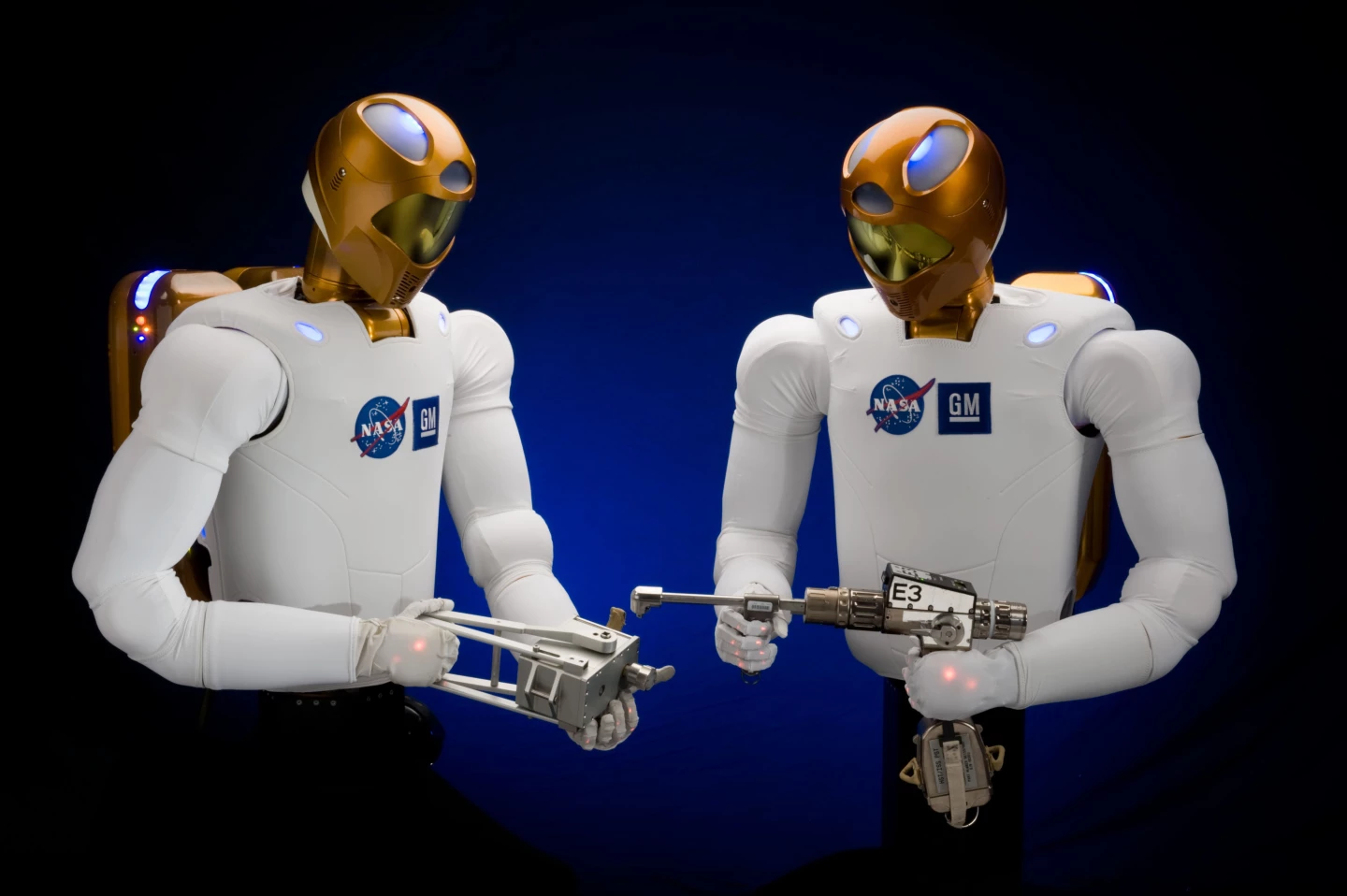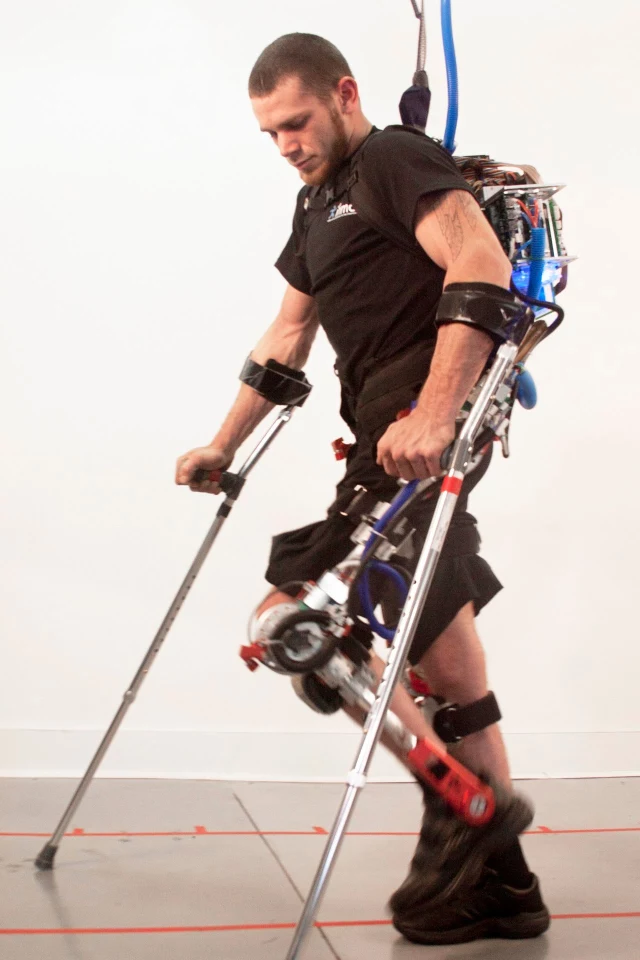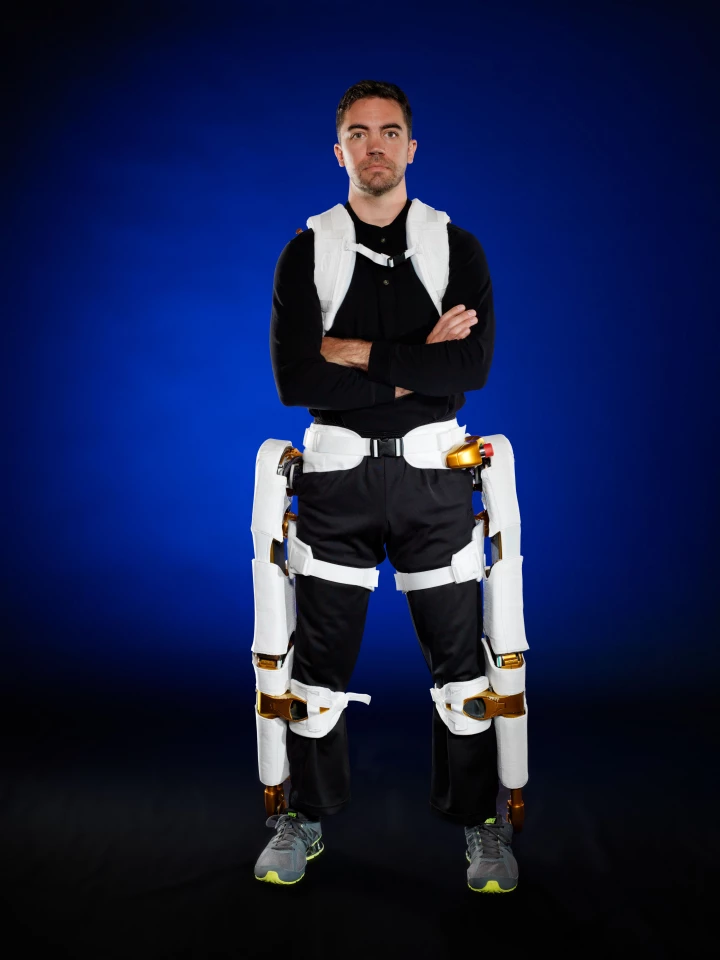What do astronauts on a mission to Mars and earthbound paraplegics have in common? Enough that NASA is developing a robotic exoskeleton for both of them. Called the X1 Robotic Exoskeleton, it’s derived in part from NASA’s Robonaut 2 humanoid robot now undergoing trials aboard the International Space Station (ISS). The X1 uses robotic technology for a dual-use exoskeleton that has applications for both astronauts on long space missions and the walking impaired on Earth.
Though it may not seem so at first glance, astronauts and paraplegics face similar challenges. On long space missions, such as a manned mission to Mars, extended stays in zero gravity can have dangerous effects. Constant weightlessness can cause muscles to atrophy, bones to lose calcium and the heart to weaken. Paraplegics have similar problems as muscles dwindle and bones weaken through lack of use and make the task of physical rehabilitation that much harder.

Astronauts on board the ISS counter the effects of weightlessness by a regime of exercise, but weight and space is limited on space vehicles, so the ideal exercise machine would be one that could do many exercises at once. This is very similar to the needs of paraplegics who need comprehensive exercise therapy to help restore damaged and weakened limbs.
Another way that astronauts' and paraplegics’ needs meet is in the need for strength augmentation. Manned missions have been fortunate so far in that the only places visited have been Earth orbit and the Moon where the gravity is only one-sixth that of Earth. Future missions will take astronauts to worlds with higher gravity and even the weight of a space suit may be too much to carry around unaided for very long.

If exploring Mars is going to happen at a speed faster than running a marathon in a deep sea diving suit, some sort of power assist will be needed. On Earth, a similar power assist can make all the difference to some paraplegics when it comes to the question of whether they will ever walk or not.
That is where the X1 Robotic Exoskeleton comes in. This 57-pound (25.85 kg) device is worn over the legs by means of a harness over the back and shoulders and consists of four motorized joints at the hips and knees with ten degrees of freedom and six passive joints for turning and flexing the foot. Based in part on NASA’s Robonaut 2 and the Florida Institute for Human and Machine Cognition’s (IHMC) Mina exoskeleton, the combination of NASA technology and IHMC algorithms will allow the X1 to produce higher torque from its motors to provide assistance in lifting loads and navigating stairs or rough terrain. It also comes in two modes – power assist and inhibit.

The power assist mode is an obvious boon to both paraplegics and planet-bound astronauts. For astronauts, having an exoskeleton that fits outside their space suits means that they can lift heavier loads and do more work on a planet surface without getting tired. For paraplegics, the X1 can take over from weakened muscles and bear the patient’s body weight, making walking easier or even possible.
However, the clever bit about the X1 is that it can work in reverse. In its inhibit mode, the exoskeleton doesn’t lighten the load on the wearer’s muscles, it increases it. This turns the X1 into a multi-purpose exerciser that takes up little room or weight. For astronauts, this means that they can exercise while wearing the X1 and going about their duties, which the exoskeleton will make that bit more physically demanding. For paraplegics, an X1 programmed with a combination of assist and inhibit modes could also be used for rehabilitation or correcting gait problems.

Currently in the development phase, researchers are still improving the design of the X1 and are working to add more active joints at the ankle and hip to increase the device’s potential.
The video below shows the X1 exoskeleton being put through its paces.
Source: NASA









